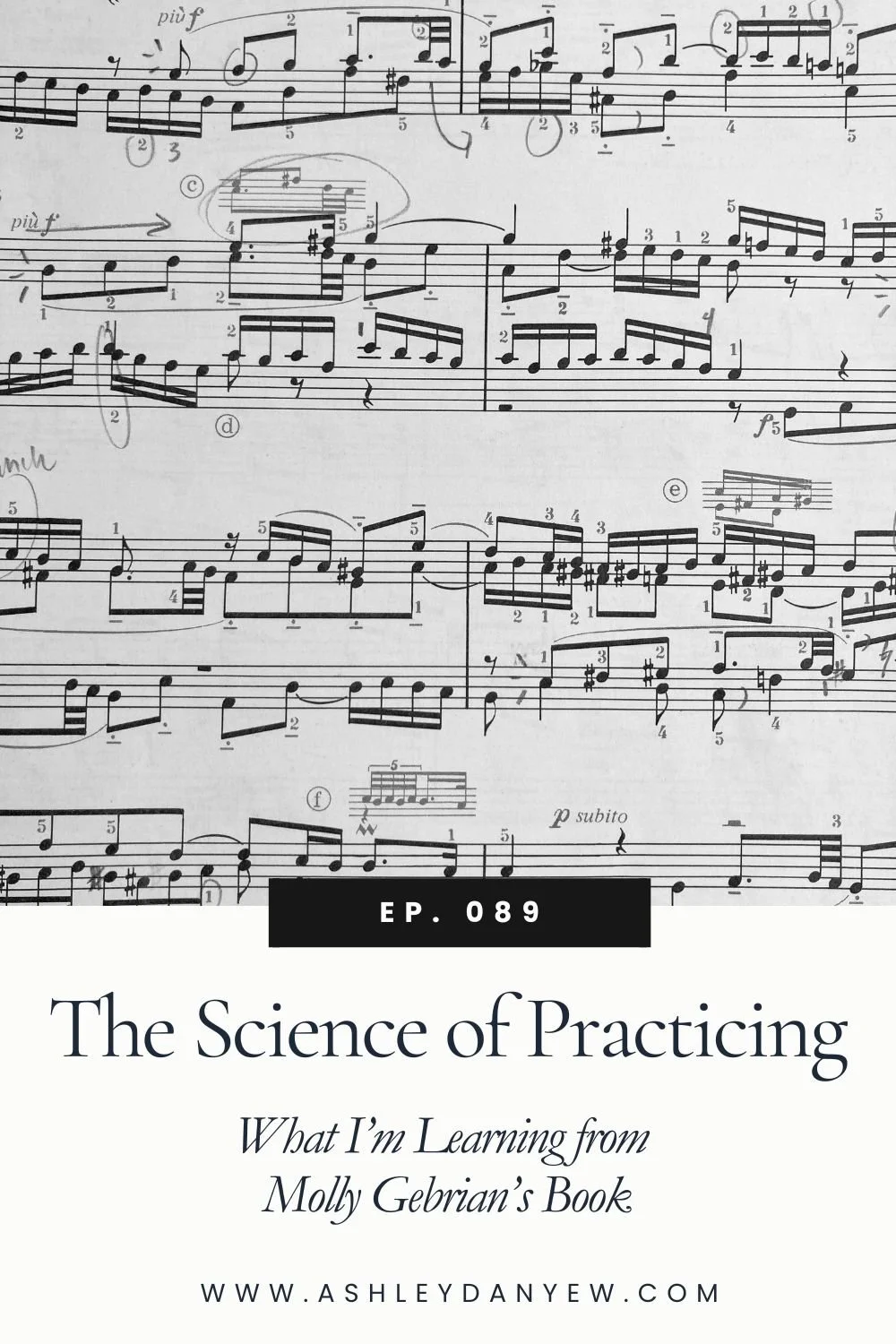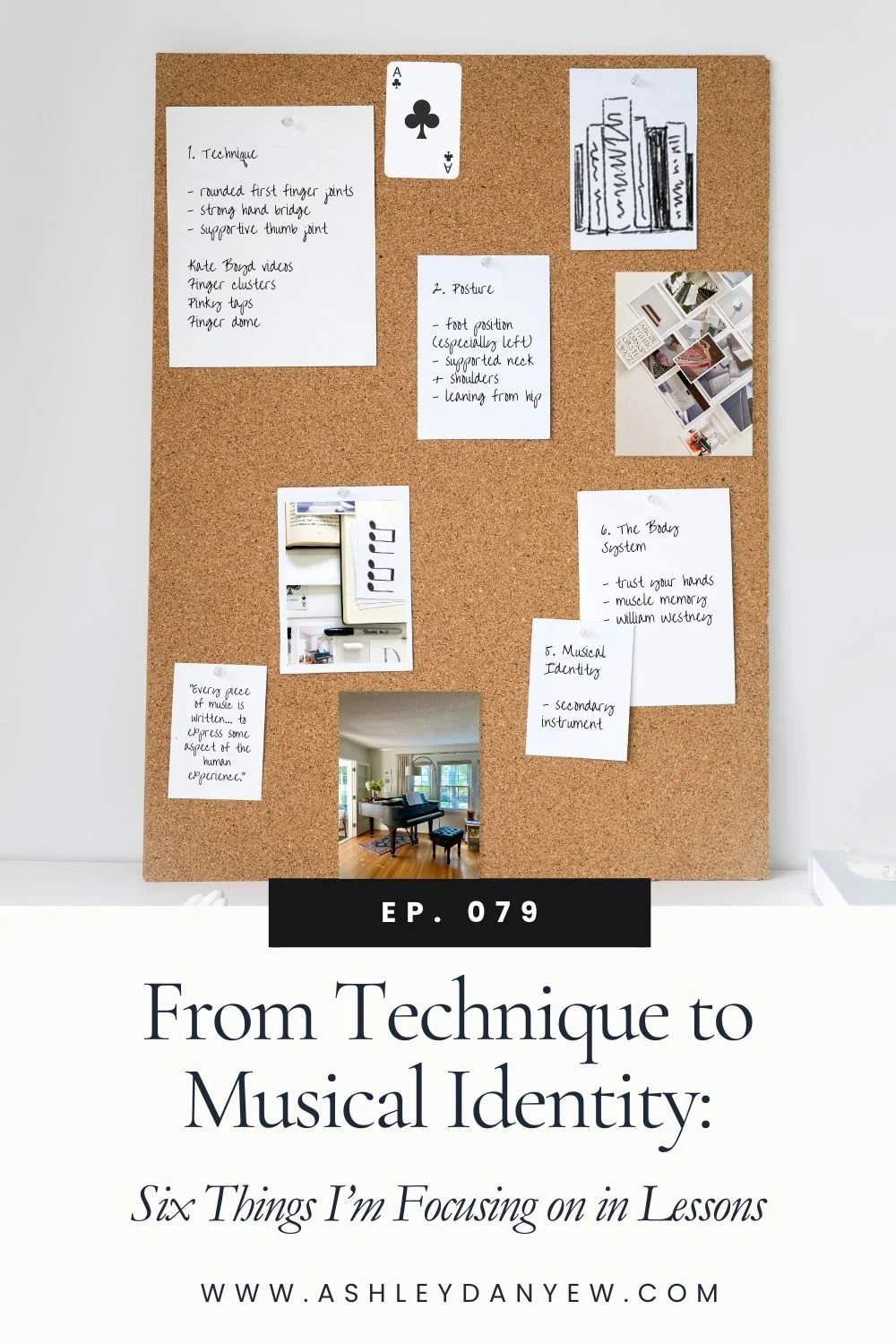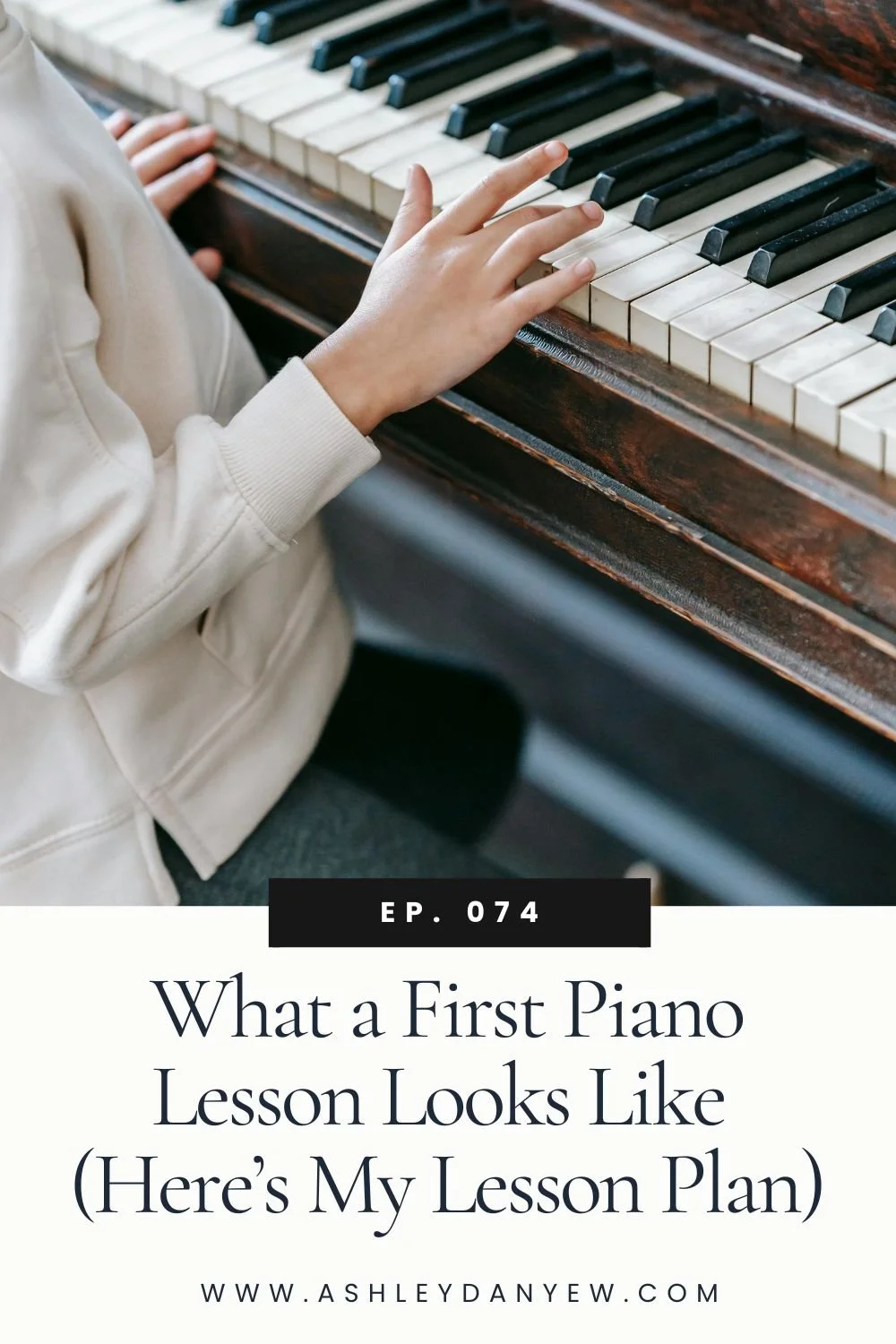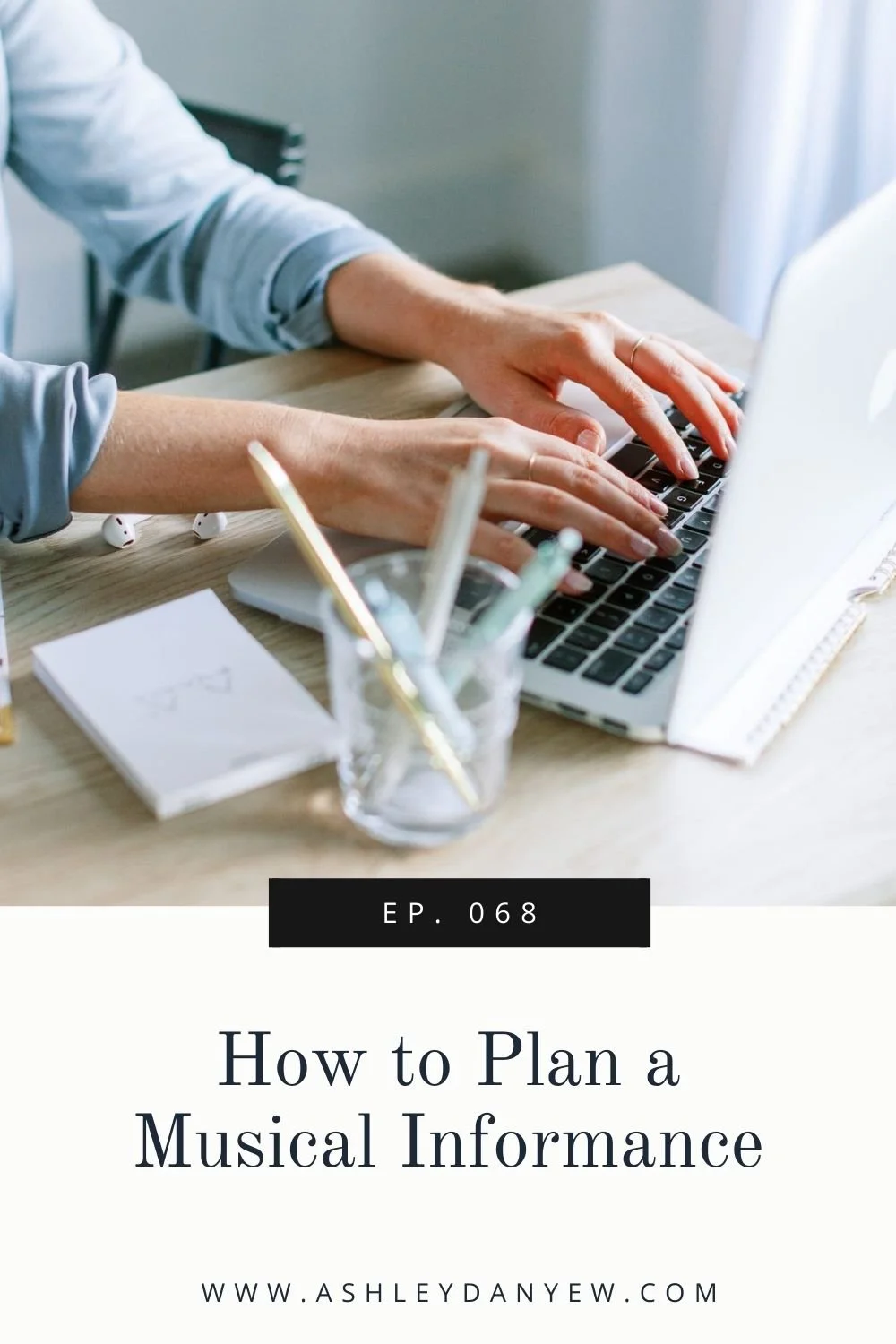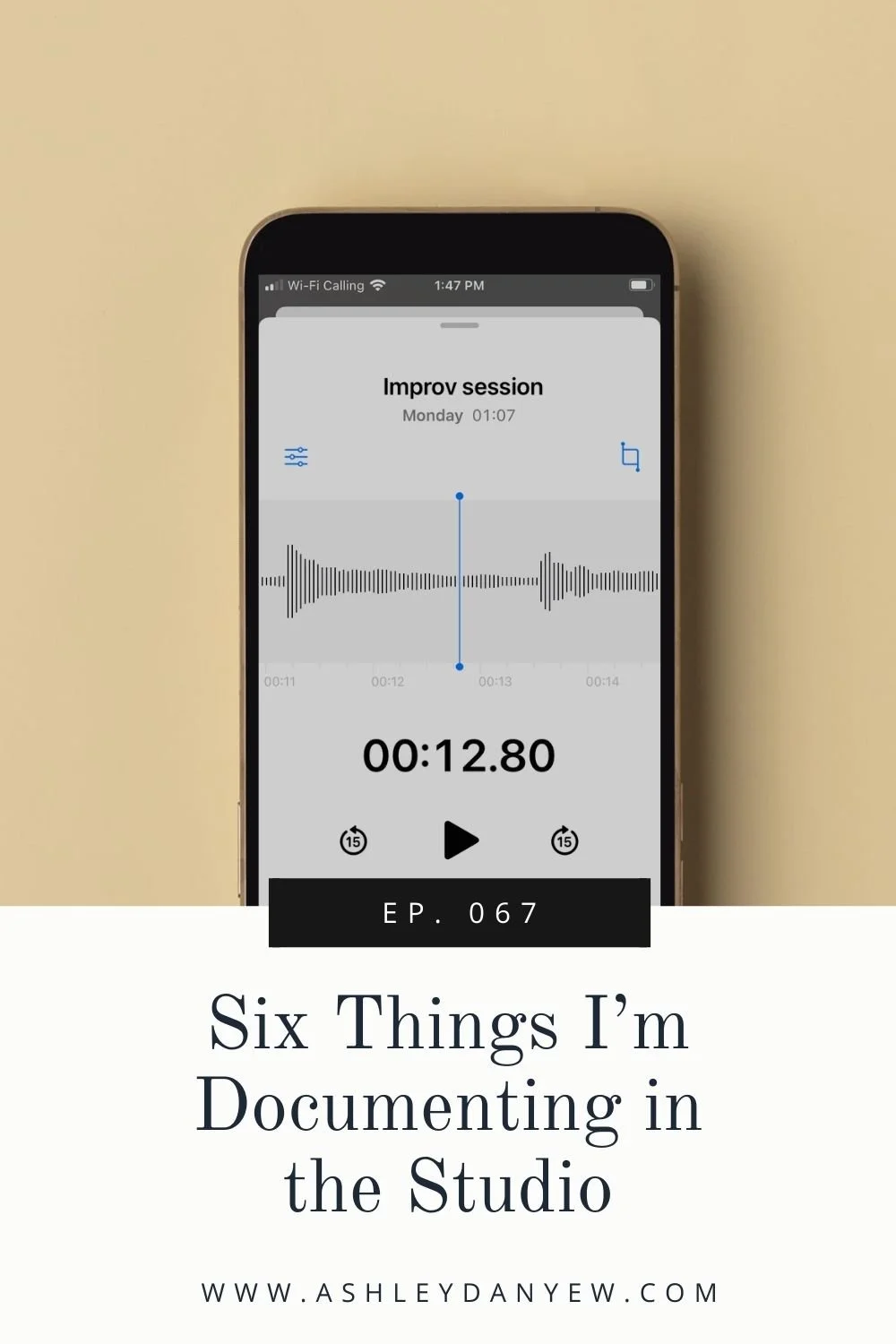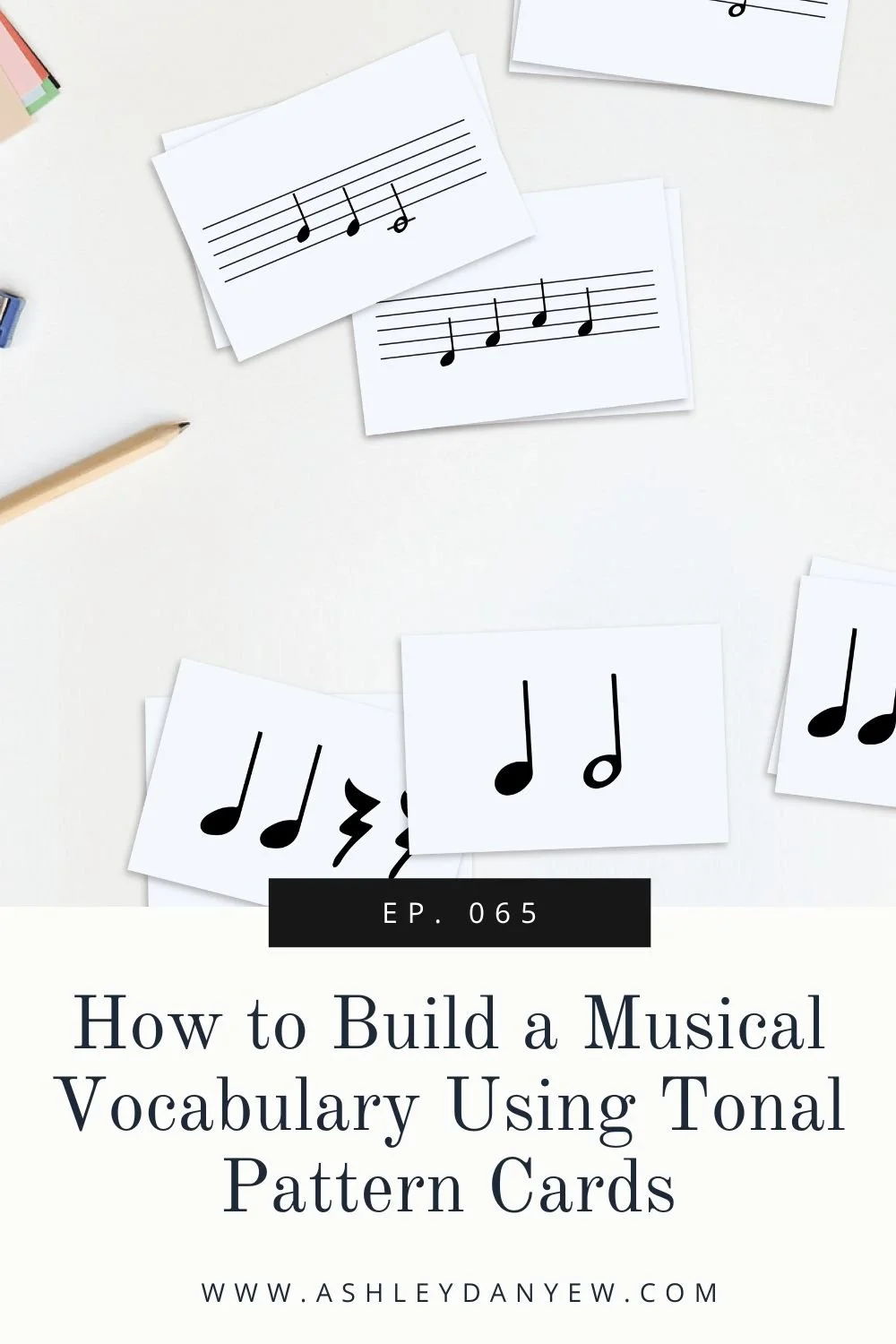Resources Mentioned
*Disclosure: some of the links in this episode are affiliate links, which means if you decide to purchase through any of them, I will earn a small commission. This helps support the podcast and allows me to continue creating free content. Thank you for your support!
Teaching Piano in Groups (Christopher Fisher)
Lyric Preludes in Romantic Style (William Gillock)
Chord Inversion Worksheet (Chrissy Ricker)
Preludes in Patterns (Kevin Olson)
I have a love/hate relationship with studio classes.
I love the idea of them, and I love being able to offer them to my students. But I’ve never found a structure or approach that works.
At the school where I teach, I’m limited to a classroom with a single piano, which means students have to take turns or do activities that don’t involve an instrument.
In addition, having a group of 6-8 students in a room together for 45-60 minutes (again, with one instrument) was challenging. It’s difficult to keep everyone engaged and focused, give directions, facilitate meaningful learning activities, and assess each student individually.
As an introverted teacher, it can feel a little chaotic and overwhelming.
There’s so much value in group instruction and peer-to-peer learning. In piano study specifically, the idea of group classes dates back to the early 19th century. Christopher Fisher mentioned in his book, Teaching Piano in Groups that several great 19th-century pianists such as Franz Liszt, Clara Schumann, and Frederic Chopin taught their students in group settings—masterclass style.
In the early 20th century, with the rise of piano manufacturing in the U.S. and an increase in instruments in private homes, piano classes were integrated into the public schools. This led to the creation of multiple textbooks and curriculum resources, training seminars, and teacher education programs at colleges and universities across the country.
All of this historical information is in Christopher Fisher’s book, by the way. It’s a great resource.
Of course, Frances Clark, who founded The New School for Music Study in Kingston, NJ and co-wrote the Frances Clark Library for Piano Students and The Music Tree series was an advocate for group piano instruction, but in combination with private lessons for beginners. She believed that new concepts and repertoire could be introduced to students in a group setting and then reviewed and reinforced in a 1:1 setting, with time to focus on individual technique, as well.
Christopher Fisher writes:
“The fundamental precepts of group piano training include the development of technical proficiency, theoretical and historical understanding and application, aesthetic appreciation, critical and sensitive listening skills, stylistic discernment, and confident overall musicianship, which involves repertoire performance, sight-reading, harmonization, transposition, and improvisation.” (source: Teaching Piano in Groups)
This year, I was committed to figuring this out. I decided to offer more classes than last year, limit the number of students in each group, and plan more level-specific musicianship activities.
Parent Communication About Studio Classes
I started advertising studio classes before the school year began. I sent parents a Google Form asking for students’ availability, assigned students to groups, and planned classes on different nights of the week. I communicated to parents that we’d have six studio classes this year, 60 minutes each.
Activities would include:
performance
technique
listening
aural skills
movement
sight-reading
rhythm
ensemble skills
improvisation/composition
As a result of this extra organization and planning, I had almost 100% enrollment for the first set of classes earlier this month and I have 100% enrollment for next month.
Today, I’m sharing a behind-the-scenes look at one of my studio classes from this month and as always, a few things I’m experimenting with this year.
Preparing for Group Classes in the Studio
I began the school year by talking about studio classes in lessons: What piece the student wanted to play, what to expect, and who else would be in their class.
And then, I got an idea.
Instead of the usual—everyone taking turns performing their pieces, then 15-20 minutes for activities at the end—what if I planned a more integrated approach? What if performance led directly into a dictation exercise or a chord progression from a piece became the foundation for improvisation?
I thought, “What if each student had a special activity to share with the group based on the piece they’re performing?”
So, that’s what we did.
In mid-October, I taught three 60-minute studio classes to three groups of students: a group of 3rd graders who are in Piano Safari Level 2, a group of middle school students in Piano Safari Levels 2 and 3, and a group of middle and high school students who are early-intermediate and intermediate-level. I have four students in this class: two sisters and two brothers who are at similar levels.
An Inside Look: My Recent Intermediate Group Piano Class
Each student prepared a piece to perform, but we also spent some time thinking about a prominent musical feature, practicing strategy, concept, or skill to share and discuss with the class.
Chord Inversions
For instance, one student performed “Soaring” from William Gillock’s Lyric Preludes. We talked about the Rachmaninoff influence and the use of broken chords in inversion in the right hand. I made copies of the music so students could follow along.
I asked them to identify the inversion of the chords in the first measure, and then I gave everyone a chord inversion worksheet to complete, created by Chrissy Ricker. The worksheet asked them to name the inversion, circle the tonic note, and play the chords on the piano, but I noticed that a few students also wrote in chord symbols, unprompted. This is something we often do in our lessons together.
Musical Editing
Another student performed a pop-style duet with me accompanying. He had created an embellished version on the repeat, which we took the time to notate in a lesson together. I copied the first page for the rest of the class and asked them to do a little musical editing: Could they edit the score and write down what they heard the student play? After three hearings, they took turns at the piano playing what they wrote down and comparing it against the performer’s edited copy.
Score-Study
The next student performed “Seascape” from Lyric Preludes, newly memorized. Again, the other students had a copy of the score so they could follow along. We talked about creating a simplified framework—a blocked version of the piece to reinforce moves and position changes—and how this was a useful tool for memorization.
Minor Scales
The final performance was a self-taught piece: “Prelude in D Minor” from Kevin Olson’s Preludes in Patterns. This gave us an opportunity to review the key signature and scale of D minor. Instead of having students take turns playing the scale, I challenged them to name the notes of the natural, harmonic, and melodic versions away from the keyboard one at a time, ascending and descending, going around the circle.
Ensemble Skills
After four performances and related activities, I gave the group an ensemble piece—or rather, an early-intermediate piece written for one player that I challenged them to turn into an ensemble piece. This involved sight-reading, rhythm patterns in compound meter, analyzing a chord progression, improvisation, and collaboration.
Music Listening
We ended the class with a fun, interactive music-listening activity, which the students love (I introduced it to them last year and it was a big hit!).
My Post-Studio-Class Reflection
I loved the design of this studio class—it felt more like a workshop than a repertoire class. Students prepared music for performance and had that experience, but the environment felt more informal and relaxed.
Also, using the repertoire as a jumping-off point for discussing theory and technique, score-study and memorization tools, and doing dictation made the review of these concepts feel more practical. They had real-world application. It wasn’t just a worksheet for them to complete—they could see, hear, and experience how this musical concept was used in a real piece of music.
A few other things I’m doing differently this year:
Hosting all studio classes during the same week each month. This means a heavier teaching week for me, but it simplifies things for parents, for me (in terms of email communication and invoicing), and it means everyone is preparing for studio class at the same time.
Pulling materials from other books I have in my library—Faber method books, Music Tree books, technique and etude books, etc. There are so many resources for improv, ensemble playing, harmonization, technique, sight-reading, theory review, and more from these collections and it’s been fun to mix and match activities.
Planning studio classes the week before. This means researching activities that tie in with the repertoire we have planned, making a lesson plan, and preparing all materials. I made three stacks on the piano and packed a separate bag each day with everything I needed.
Sending a recap email to parents after the class letting them know what we did and all the types of activities that were included.
The Benefits of Group Classes
In conclusion, the benefits of group classes are clear:
More opportunities for performance (thus increasing confidence)
Exposure to new repertoire
Ability to play together and develop ensemble skills
Greater motivation for practice and preparation
Supportive learning environment
Increased creativity and development of musical ideas
Opportunities for critical listening
Developing keyboard skills and aural skills beyond what we do in private lessons
Learning how to give feedback
Opportunities for group discussion
Building community
Ability to learn from other students’ experiences
I’d love to hear from you:
Do you teach group classes in your studio? I’d love to hear what your structure and process looks like.
I hope this episode inspires you to think creatively about how you design these group-learning experiences and all the different facets of musicianship you can cover in one class. Maybe, too, this will give you a few ideas for how to integrate performances and musical activities.
Let me know how it goes! I always love hearing from you.




